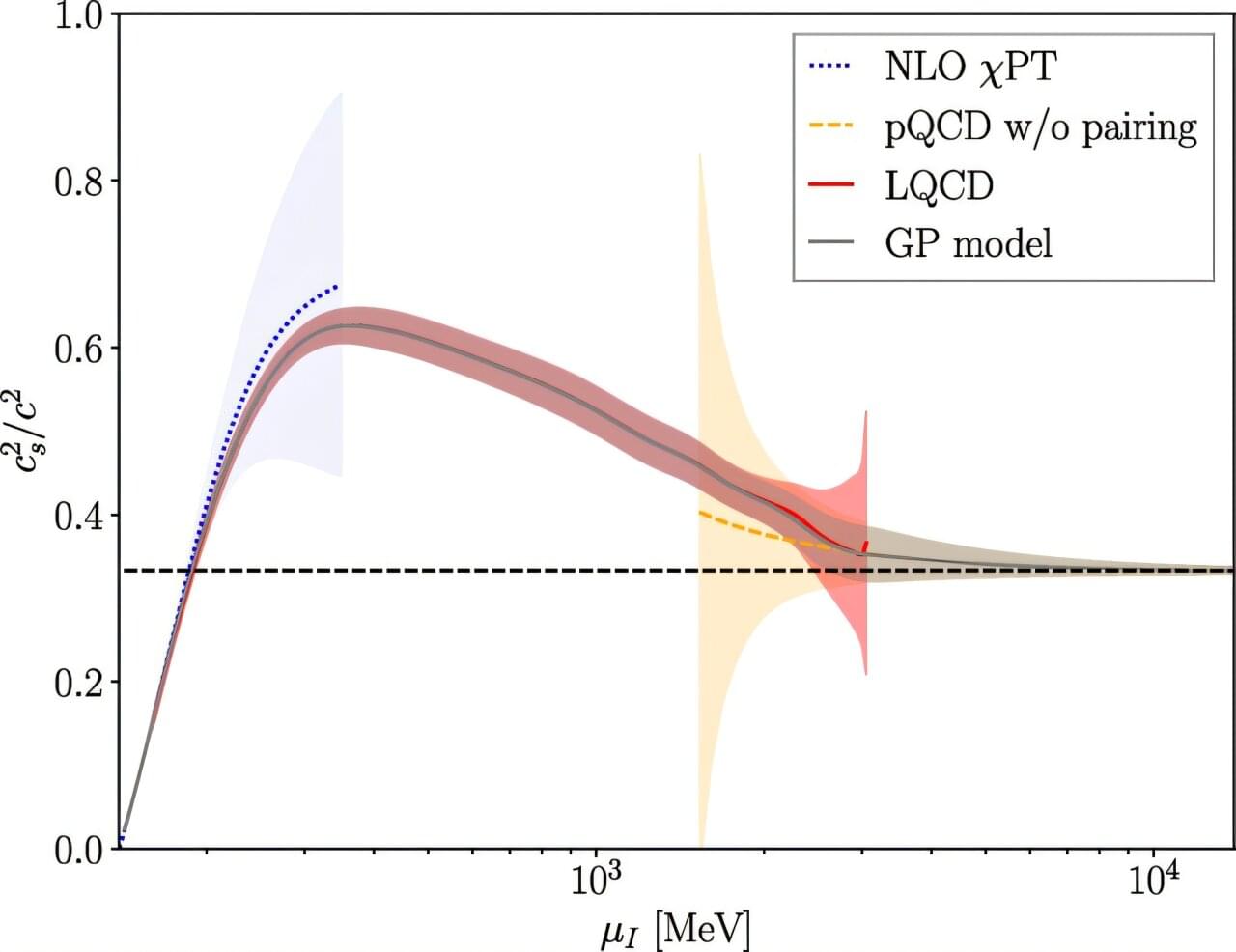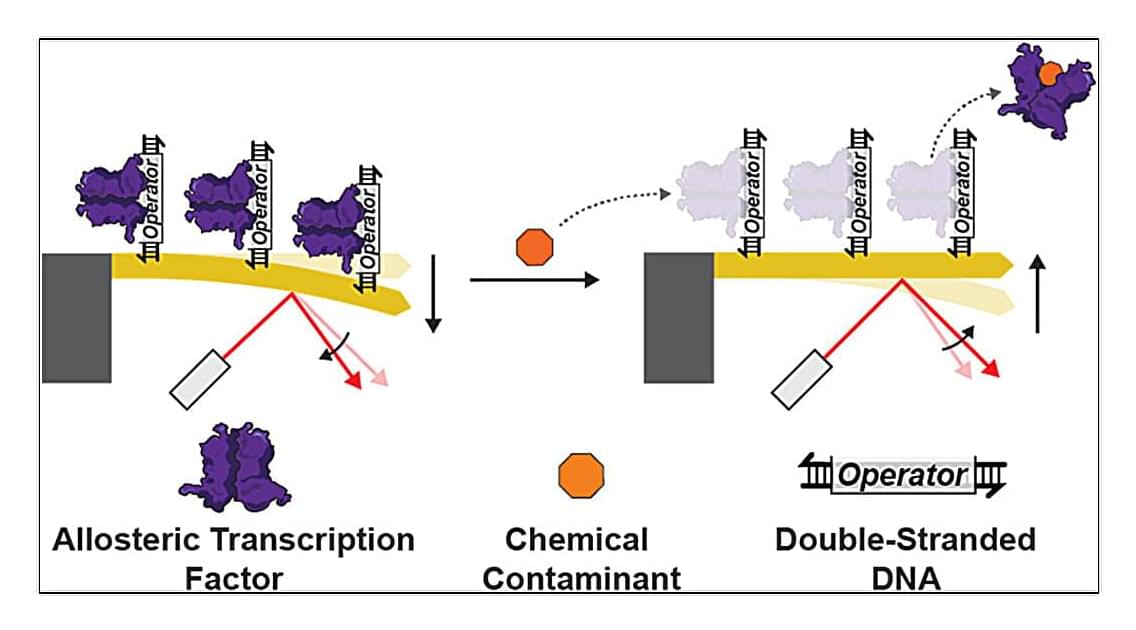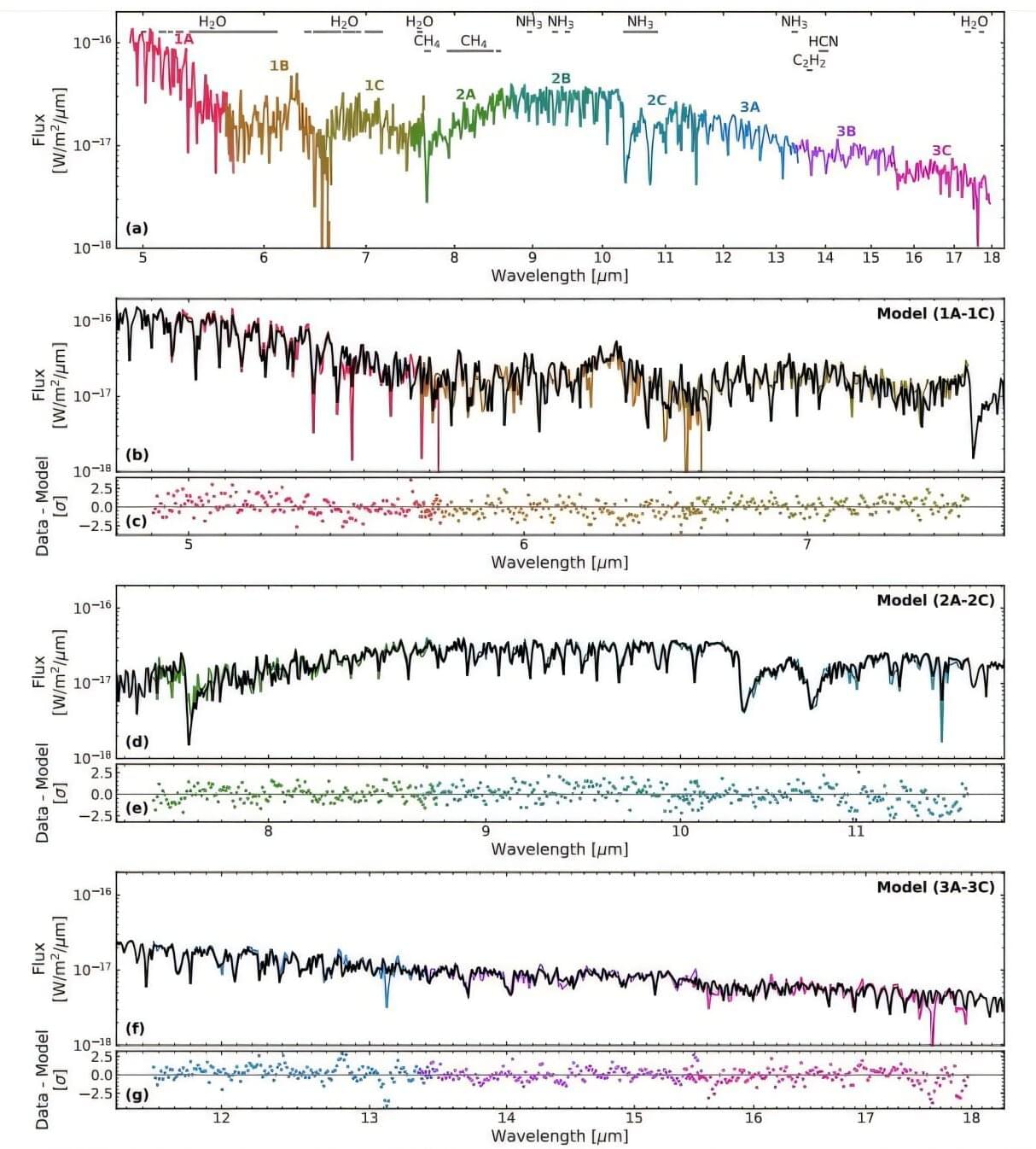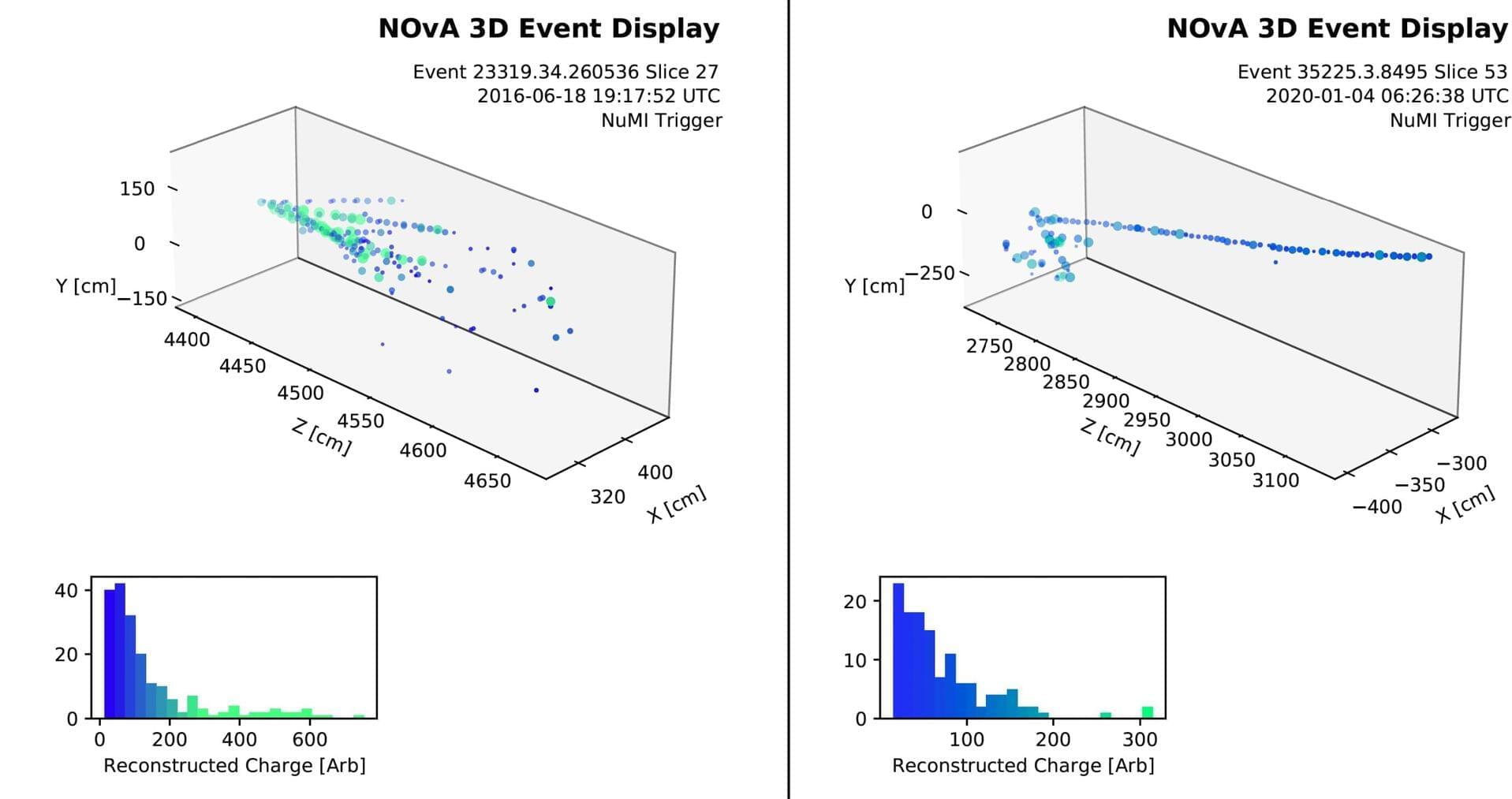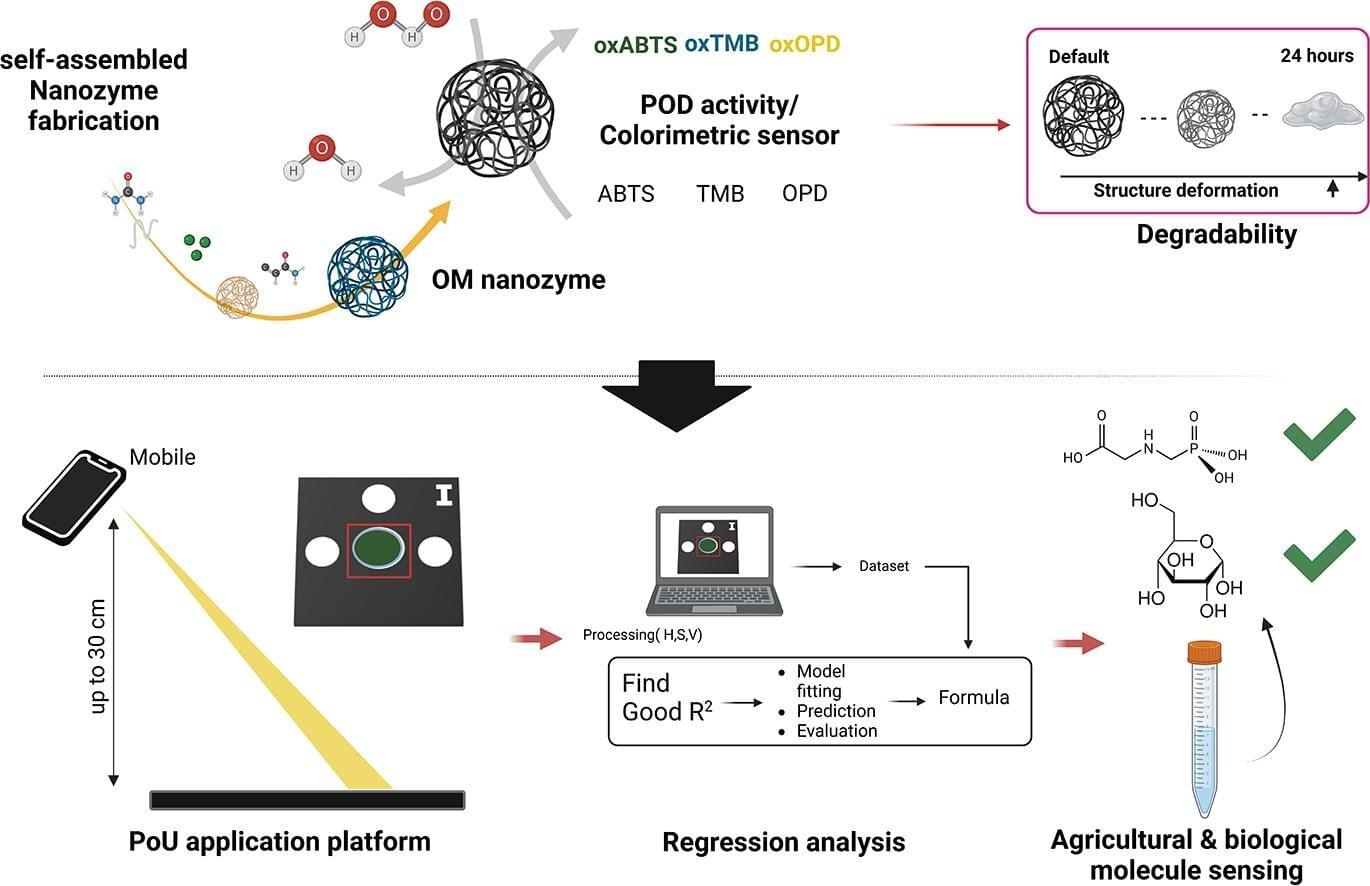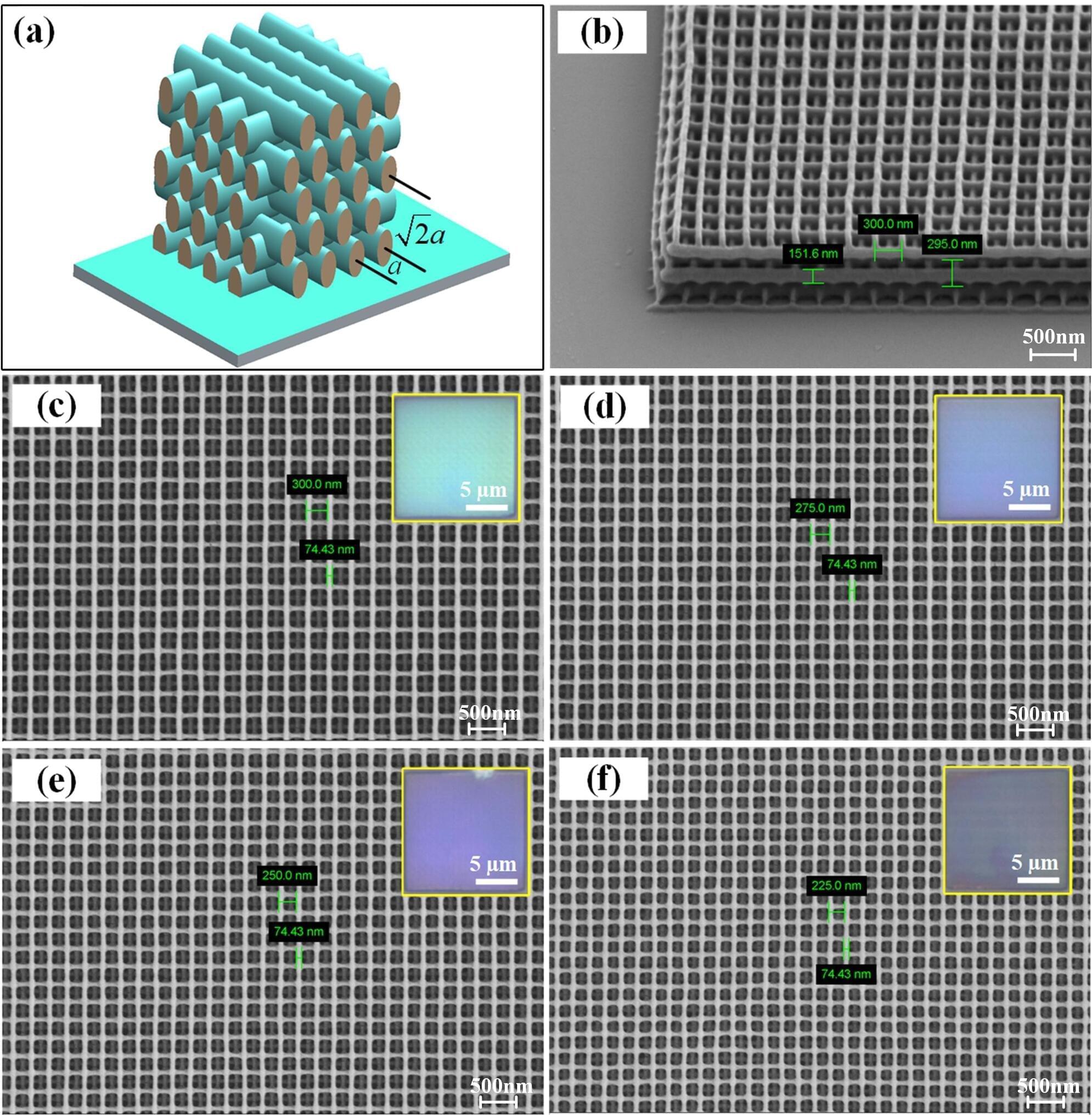Beginning around 2.5 million years ago, Earth entered an era marked by successive ice ages and interglacial periods, emerging from the last glaciation around 11,700 years ago. A new analysis suggests the onset of the next ice age could be expected in 10,000 years’ time.
The findings are published in the journal Science.
An international team, including researchers from UC Santa Barbara, made their prediction based on a new interpretation of the small changes in Earth’s orbit of the sun, which lead to massive shifts in the planet’s climate over periods of thousands of years. The study tracks the natural cycles of the planet’s climate over a period of a million years. Their findings offer new insights into Earth’s dynamic climate system and represent a step-change in understanding the planet’s glacial cycles.

